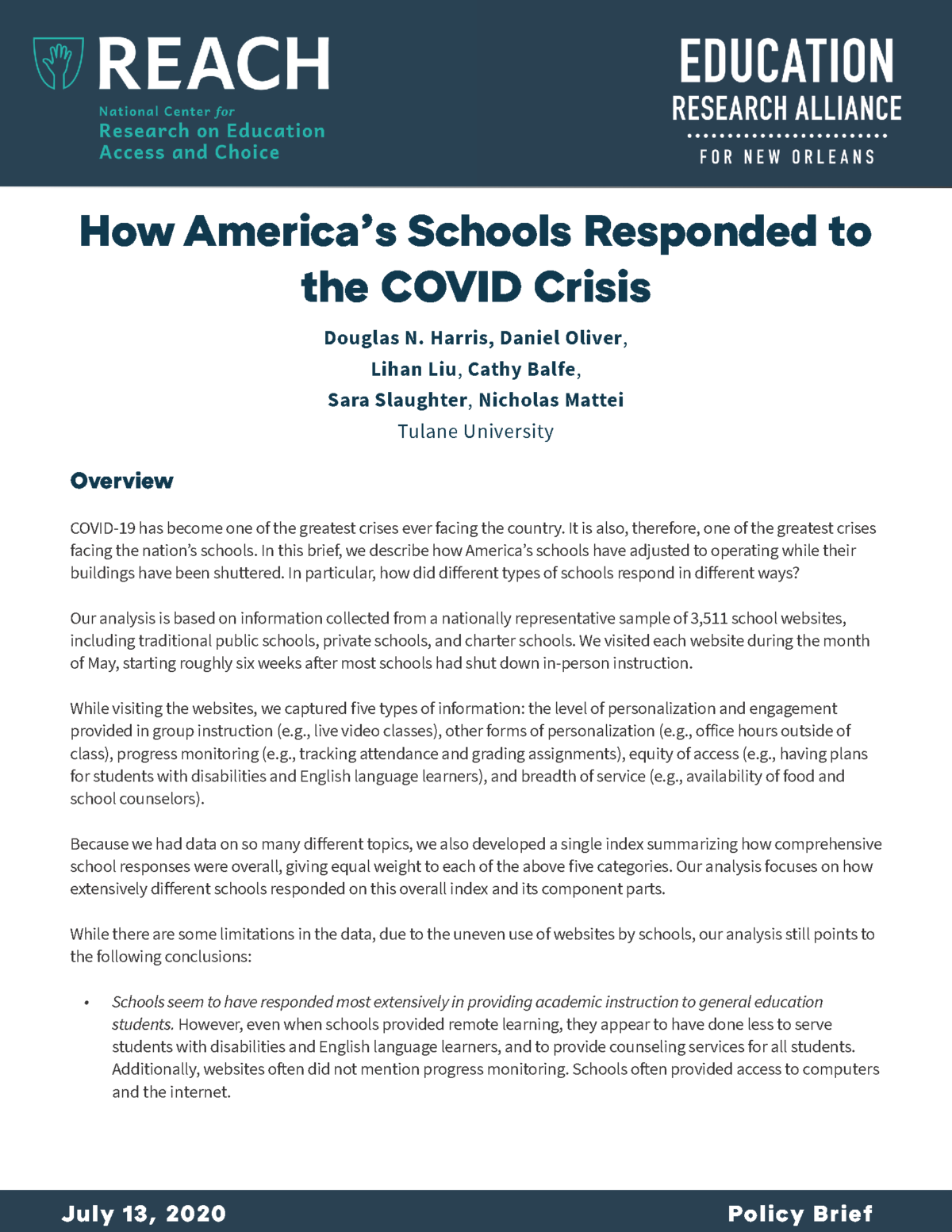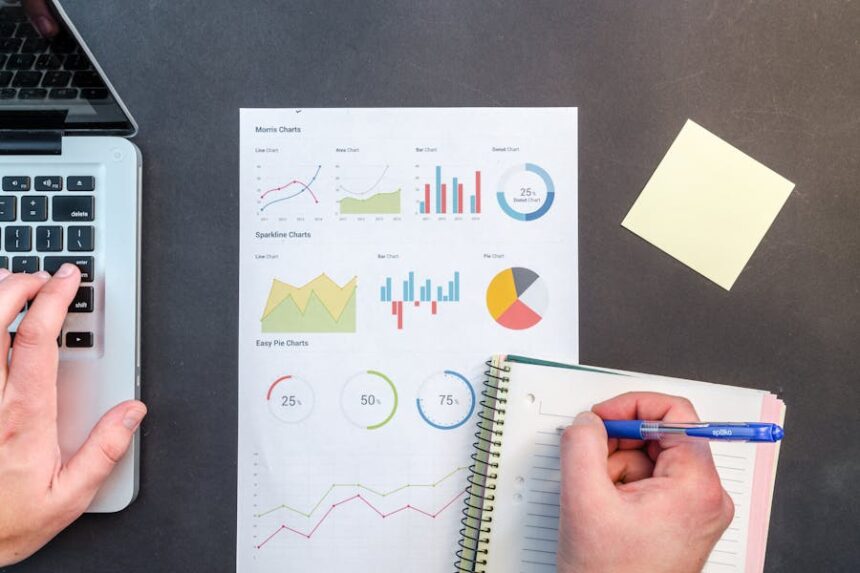Public school students make up approximately 90% of US students, while private schools serve about 10%. Public schools are funded by taxes, while private schools rely on tuition and donations.
- Introduction To Education Choices
- Enrollment Trends In Public And Private Schools
- Academic Performance And Outcomes
- Financial Analysis And Investment
- Teacher Qualifications And Student-teacher Ratios
- Parental Involvement And Satisfaction
- Extracurriculars And Holistic Education
- School Safety And Environment
- Influence Of Socioeconomic Status
- Frequently Asked Questions On Public Vs Private School Statistics
- Are Private School Students More Successful?
- What Percentage Of Ivy League Students Went To Private School?
- Are Private Schools Less Diverse Than Public Schools?
- Are Private Schools Better Than Public Schools In Texas?
- Conclusion
Choosing between public and private education is a significant decision for many parents and students. Public schools, which are tuition-free, typically offer a standardized curriculum and are governed by school districts and state education standards. On the other hand, private schools are funded through tuition payments and charitable contributions, allowing them greater autonomy in their curricula and teaching methods.
The decision often hinges on factors like cost, academic rigor, class size, and the values emphasized in the school environment. Understanding the statistics and differences in outcomes, resources, and student demographics between public and private schools can help inform this choice. Both systems play crucial roles in shaping education, but each comes with distinct advantages and challenges that parents must weigh.
Introduction To Education Choices
Selecting a school for your child is a pivotal choice. Today, parents consider many factors. The debate between public and private schools is intense. Each type offers unique benefits and drawbacks. This section dives into the current landscape of education choices.
Statistics play a key role in choosing. They shed light on quality, diversity, and outcomes. Let’s explore the facts to help make an informed decision.
Growing Diversity In Schooling Options
In the past, fewer options existed. Now, families face a varied menu of education choices. This abundance reflects our diverse society. Options range from traditional public schools to magnet, charter, and private schools. Each caters to different needs and philosophies.
- Public schools serve diverse student populations.
- Charter schools offer specialized curricula.
- Magnet schools focus on specific talents.
- Private schools provide alternative curriculums and environments.
Making An Informed Decision: Public Vs Private
Choosing the right school involves understanding differences. Consider these statistics:
| Aspect | Public School | Private School |
|---|---|---|
| Enrollment | Larger student bodies | Smaller, more exclusive |
| Cost | Funded by taxes, free to attend | Tuition-based, financial aid available |
| Curriculum | Standardized programs | Flexible, unique programs |
| Teacher Qualifications | Licensed professionals | Varying credentials |
Look at these factors. Think about your child’s needs, learning style, and your family values. Statistics are a starting point. They help paint a clearer picture of each education format. With the right information, your choice becomes easier.
Enrollment Trends In Public And Private Schools
Choosing between public and private schools is a big decision for families. Enrollment statistics can help shine a light on education preferences and patterns across the country. We’ll dive into the latest figures and demographics to better understand who is going where.
Current Enrollment Figures
Numbers speak volumes when comparing public and private school enrollments. As of the latest data:
- Public schools continue to educate the majority of students.
- Private schools account for a smaller slice of the pupil population.
These enrollment rates show distinct trends over time, with public institutions often fluctuating based on demographics and policy changes.
Demographics: Who Goes Where?
School choice can depend on several factors. Income levels, geographical location, and family preferences all play roles. Current demographic insights reveal:
| Demographic | Public School (%) | Private School (%) |
|---|---|---|
| Low-Income Families | Higher Enrollment | Lower Enrollment |
| High-Income Families | Lower Enrollment | Higher Enrollment |
| Urban Areas | High Enrollment | Varies |
| Suburban Areas | Moderate Enrollment | Moderate Enrollment |
These trends suggest that accessibility and financial capacity are significant factors influencing school enrollment choices.
Academic Performance And Outcomes
Academic Performance and Outcomes stir a significant debate in the ongoing comparison between public and private schools. Parents and educators often scrutinize statistics to understand the impact these institutions have on student achievement. As we delve into this topic, we present key measures indicative of academic success, including standardized test scores and college-related achievements.
Standardized Test Scores Comparison
Standardized tests are common tools for assessing educational quality. They provide a uniform metric for evaluating student learning across different school systems.
| Test Type | Public School Average Scores | Private School Average Scores |
|---|---|---|
| SAT | 1020 | 1230 |
| ACT | 21 | 24 |
College Admission And Graduation Rates
Admission to colleges and universities is a milestone closely watched by those comparing educational outcomes. Private schools typically advertise higher rates of college-going students. Graduation rates measure how many students complete their degrees on time.
- College Admission Rates:
- Public School Students: 62%
- Private School Students: 79%
- College Graduation Rates:
- Public School Students: 59%
- Private School Students: 75%
Financial Analysis And Investment
Choosing between public and private schools involves numbers. Let’s dive into what each option might cost you, or your community. We’ll compare expenses, tuition, and how money is spread out. It’s important to know where the dollars go!
Per Pupil Expenditure
How much does each student cost at different schools? Public schools report this often. It includes teacher salaries, supplies, and more. These numbers can show which districts or states invest the most in students. Let’s look at the data.
| State | Average Cost per Pupil |
|---|---|
| New York | $22,366 |
| California | $11,495 |
| Texas | $9,375 |
Private School Tuition Rates
Private schools charge tuition. This can change a lot. Some cost as much as a college, while others are less. Financial aid might be possible. We’ve gathered recent rates for you to consider.
- Elementary School: Average $9,000/year
- High School: Average $14,000/year
- Elite Preparatory Schools: Up to $40,000/year
Public Funding And Budget Allocation
Where does public school money come from? Taxes are the main source. Budgets pay for lots of things. This can include sports, buildings, and classes. Here’s how funding can be divided in a typical public school district:
- Instruction: 60%
- Support Services: 35%
- Other Expenses: 5%
Understanding these figures helps make informed decisions for your child’s education. Investing in schools is crucial for the future!
Teacher Qualifications And Student-teacher Ratios
Choosing the right school often means looking closely at the teachers. Parents want to know about their qualifications. Also, having enough teachers for each student is important. Let’s dive into how public and private schools compare in these areas.
Certification And Degrees
Teacher certification shows they met certain standards.
Public schools usually require certifications for their teachers. It means they finished special training. Private schools sometimes let teachers teach without it. They might hire based on experience or degrees instead.
Advanced degrees might also affect quality. In private schools, more teachers tend to have master’s degrees. For those looking to advance their education while balancing work or other commitments, online master’s programs offer a flexible and accessible way to gain advanced qualifications. But public schools also have teachers with strong backgrounds. Let’s see some numbers:
| School Type | Certified Teachers | Teachers with Master’s |
|---|---|---|
| Public | Strong majority | Half |
| Private | Varies | Often more than half |
Class Size And Personalized Attention
Small classes help teachers focus on each student. Personalized attention can lead to better learning.
Public schools might have more students in a class. That can make giving each one special attention harder. Private schools often pride themselves on smaller classes. Here’s a quick look at the differences:
- Public school classes: may vary widely in size.
- Private school classes: typically smaller, more intimate.
Student-teacher ratios tell us how many students a teacher has. A lower ratio is usually better. See the average ratios here:
- Public schools: around 16:1.
- Private schools: often 12:1 or better.
Parental Involvement And Satisfaction
Parents play a key role in their children’s education. This applies to both public and private schools. Their involvement impacts student success. Do parents feel happy with their children’s schools? Let’s dive into the statistics and see.
Participation In School Activities
Active parent participation helps build a strong school community. When parents join in, students perform better. Public and private schools track this closely.
- Public schools report varied parent volunteer numbers.
- Private schools often see higher involvement, due to smaller sizes.
Statistics show a clear difference. In private schools, parents volunteer more.
Satisfaction Surveys And Feedback
Feedback is critical to gauge parental satisfaction. Both types of schools use surveys to gather this info.
| Factor | Public School Response | Private School Response |
|---|---|---|
| Quality of Education | Good | Excellent |
| School Communication | Average | Very Good |
| School Safety | Satisfactory | High |
Surveys show private school parents report greater satisfaction. This includes education quality and school safety.
Extracurriculars And Holistic Education
When weighing the merits of public versus private schools, extracurriculars play a pivotal role. These programs contribute significantly to a student’s overall development. Let’s delve into the world of after-school activities and their influence on learners.
Availability Of Extracurricular Activities
The range of extracurriculars can differ greatly between public and private schools. Private institutions often have more financial resources. This allows them to offer a wider variety of activities. Public schools work within limited budgets, which can restrict their offerings.
- Sports: Private schools may offer more specialized sports programs
- Arts: Drama, music, and fine arts often have more emphasis in private settings
- Clubs: Both school types offer clubs, but private schools might have more niche options
Impact On Student Development
Extracurricular activities shape skills that go beyond academic achievements. They foster social, emotional, and leadership qualities. Students learn to balance these activities with their studies, gaining important time management skills.
| Activity Type | Skills Developed |
|---|---|
| Sports | Teamwork, Physical Fitness, Discipline |
| Arts | Creativity, Confidence, Cultural Awareness |
| Clubs | Specialized Knowledge, Networking, Leadership |
In both public and private schools, the impact of these activities is profound. Students become well-rounded individuals. They are better prepared for the demands of higher education and the workforce.

Credit: www.tandfonline.com
School Safety And Environment
Choosing between public and private schools involves comparing different aspects. School safety and environment are key for effective learning. Parents and students often wonder about the safety of schools. This section dives into the latest statistics and reports on school safety.
Safety Statistics And Incidents Reports
Parents care about their children’s security. So do schools. Looking at safety statistics and incident reports helps weigh options.
| Measure/Incident | Public Schools | Private Schools |
|---|---|---|
| Security Cameras | 85% | 81% |
| Controlled Building Access | 90% | 88% |
| Violent Incidents | 15 per 1,000 students | 7 per 1,000 students |
Clear trends emerge from the table above. Public and private schools have similar security measures. But, differences exist in the number of violent incidents.
Bullying Rates And Discipline Policies
How schools handle bullying and discipline is very important. These factors impact the learning environment greatly.
- Public Schools: Reported bullying rates average at 20%. Discipline policies vary by district.
- Private Schools: Reported bullying rates average at 16%. They often have strict and consistent discipline policies.
This quick look at bullying rates reveals a slimmer chance of bullying in private schools. The discipline policy in each school often ties to these rates. Private schools’ strict approach can deter incidents.
Influence Of Socioeconomic Status
Socioeconomic status shapes educational choices. Families’ income and social standing often dictate school options. This impacts accessibility to resources and overall academic achievement. Let’s dive into how economic factors affect school choice and the presence of income segregation within the school systems.
Economic Factors Impacting School Choice
Financial limitations are a primary concern for many families when selecting a school. Public schools offer free education, but private schools provide unique advantages at a cost. The decision between the two can reflect a family’s economic situation.
- Private school tuition can be a barrier for low-income families.
- Public schools might lack funds for advanced programs.
- Scholarships and grants may influence private school accessibility.
Income Segregation In School Systems
Neighborhoods often align with income levels. This division extends to schools, creating a gap in educational quality and outcomes.
| Income Bracket | Public School Percentage | Private School Percentage |
|---|---|---|
| Low-Income | Higher | Lower |
| Middle-Income | Moderate | Moderate |
| High-Income | Lower | Higher |
Diverse school populations often benefit all students. Inclusive education systems can break down barriers and foster equal opportunities.

Credit: nces.ed.gov

Credit: reachcentered.org
Frequently Asked Questions On Public Vs Private School Statistics
Are Private School Students More Successful?
Success among private school students varies and can depend on individual circumstances and educational opportunities. There is no definitive evidence that private school attendance guarantees higher success compared to public schools.
What Percentage Of Ivy League Students Went To Private School?
Approximately 40% to 70% of Ivy League students have a private high school background, varying across the different universities.
Are Private Schools Less Diverse Than Public Schools?
Private schools often exhibit less diversity compared to public schools, which typically reflect the larger community’s socioeconomic, racial, and ethnic makeup.
Are Private Schools Better Than Public Schools In Texas?
The quality of private versus public schools in Texas varies by location and individual institution. Private schools often offer different programs and smaller class sizes but may come with higher costs. Public schools provide a broad education at no direct cost to families.
Choosing depends on specific needs and resources.
Conclusion
Deciding between public and private schools is a pivotal choice for parents and students alike. Our analysis of various statistics has shed light on their differences, strengths, and challenges. As you weigh options, consider educational quality, cost, and personal values.
Ultimately, the best choice varies for each family. Let this data guide you toward an informed decision that supports your child’s future.




